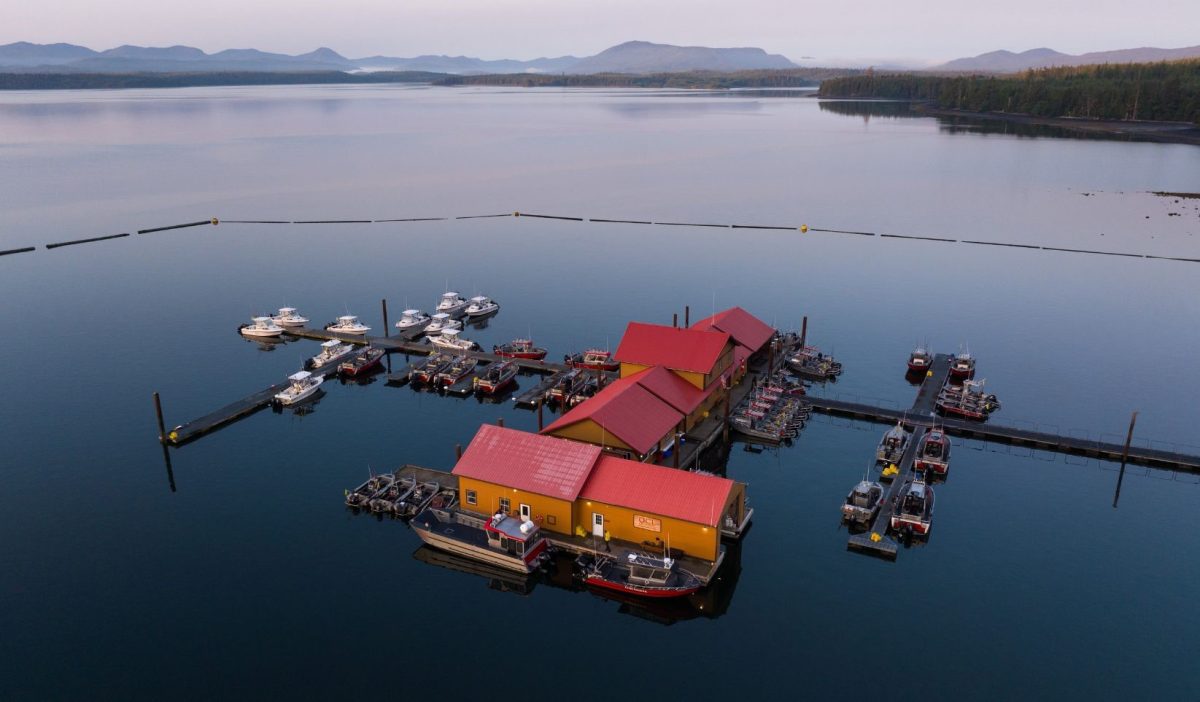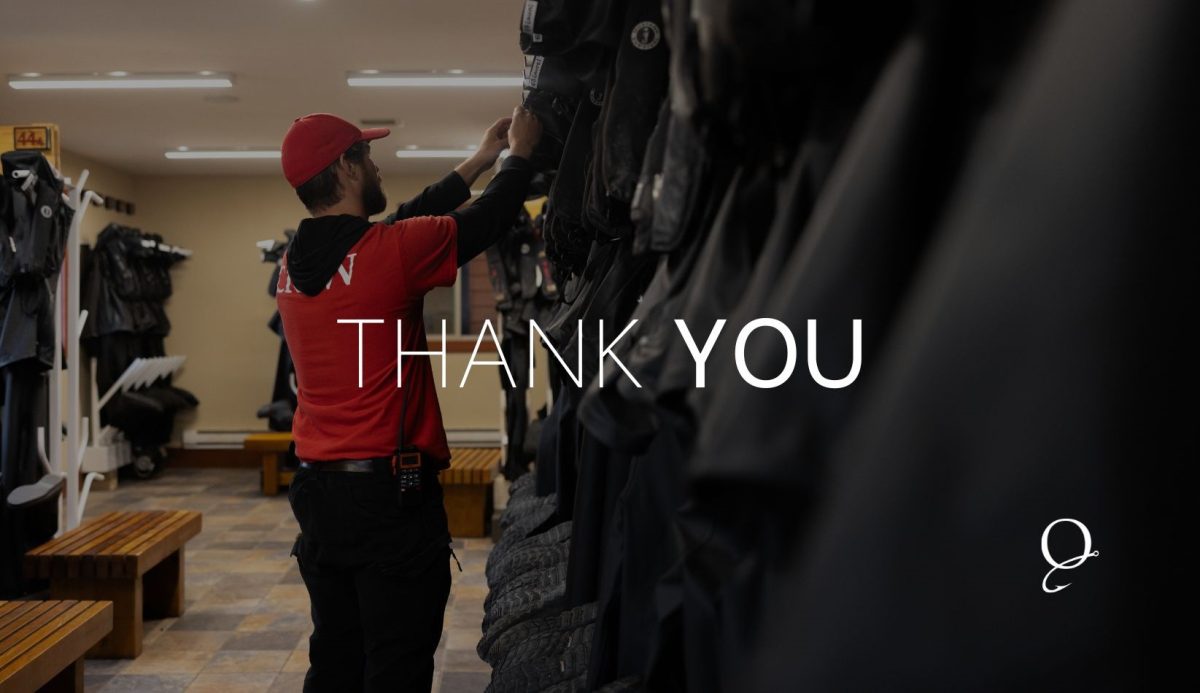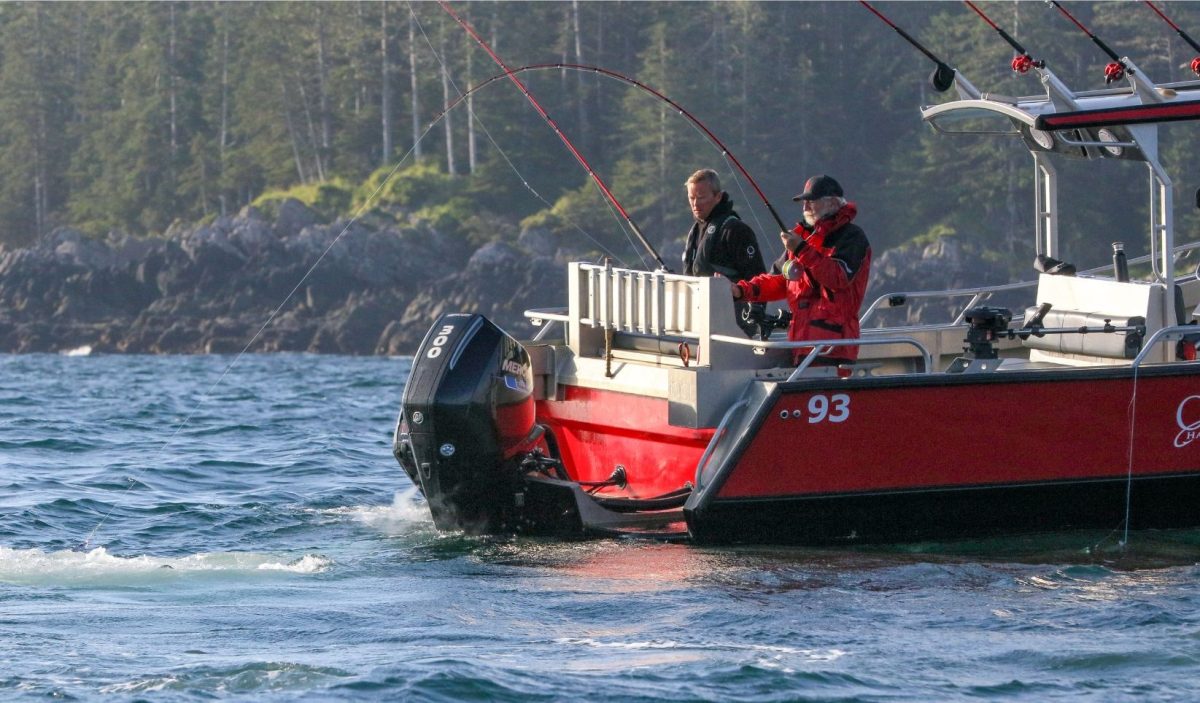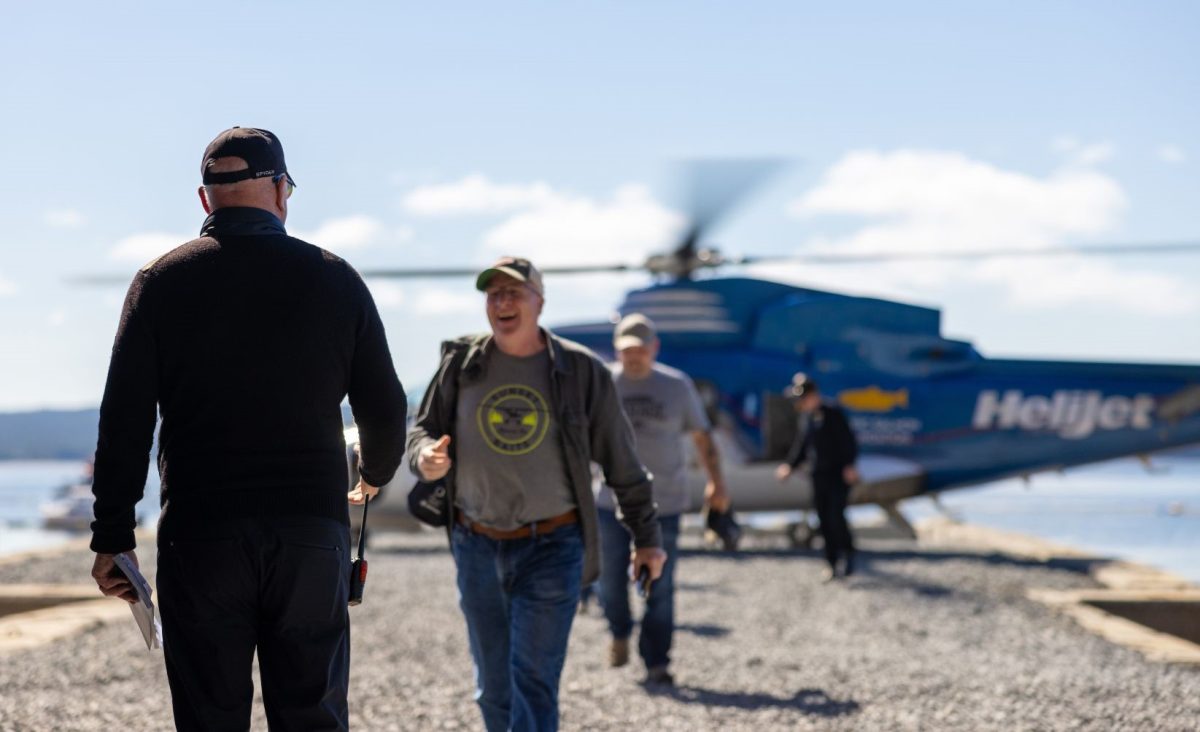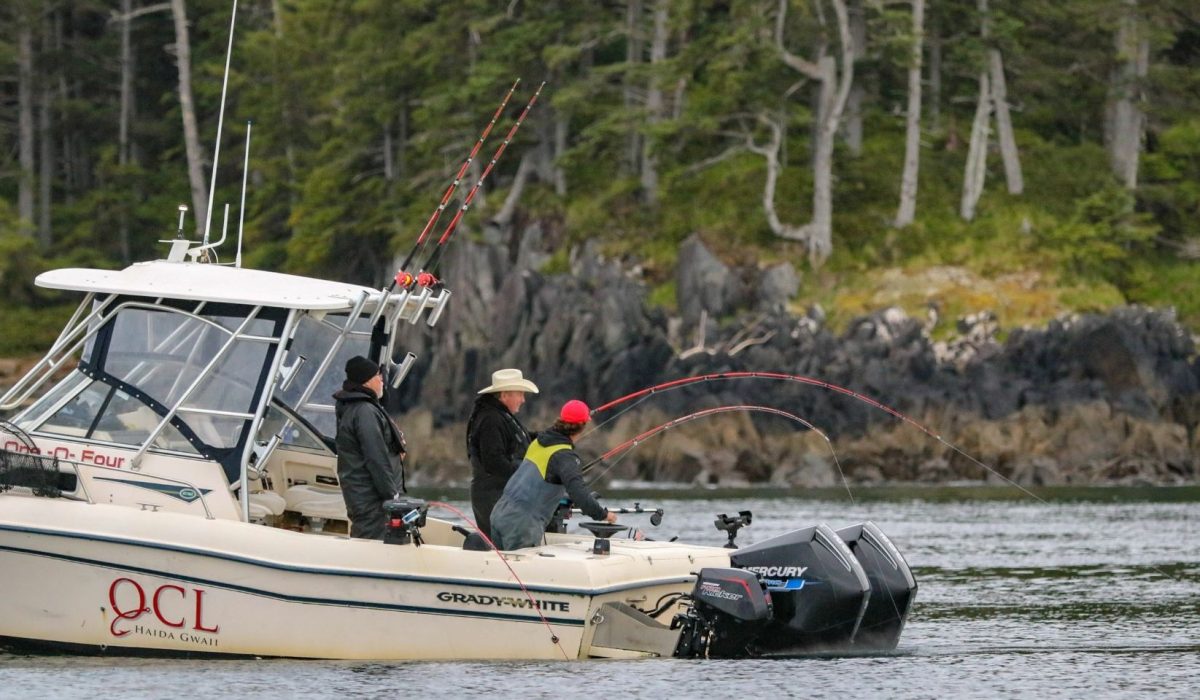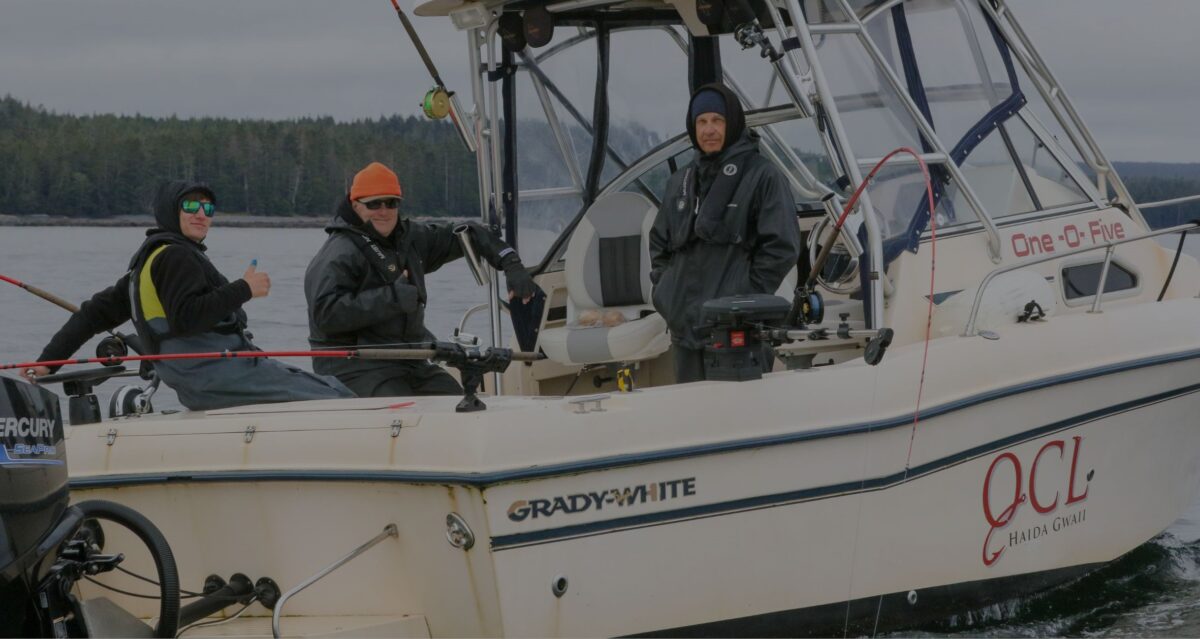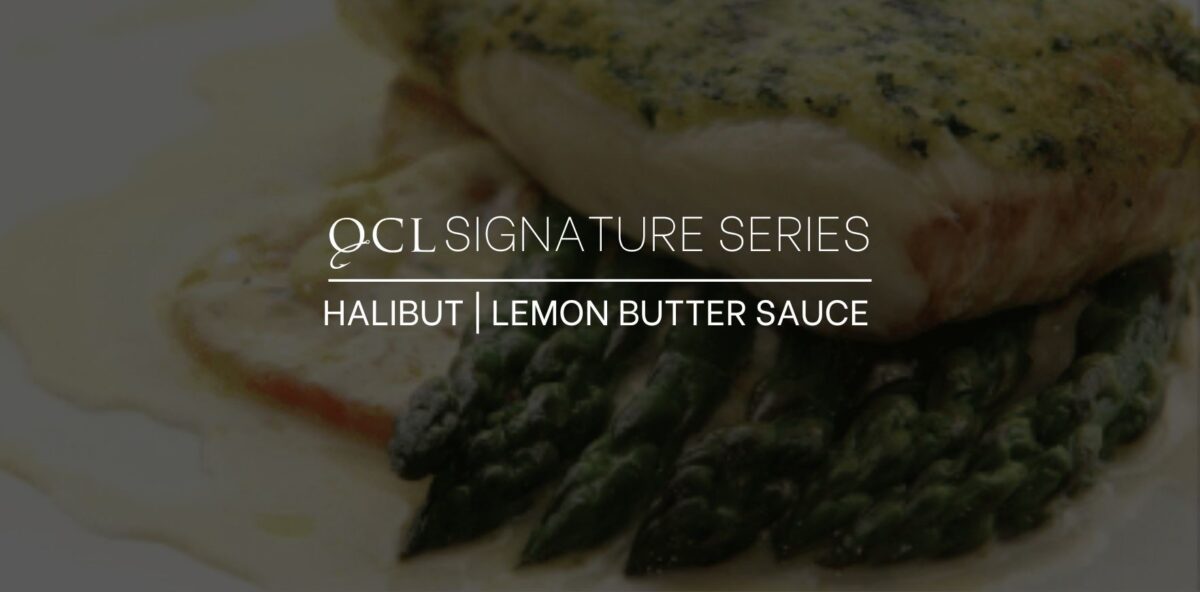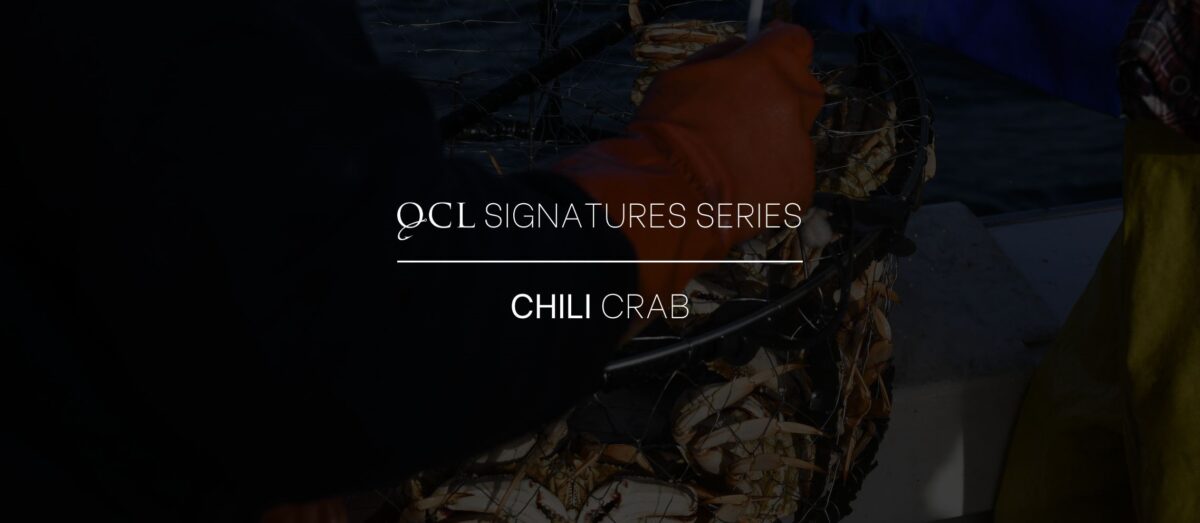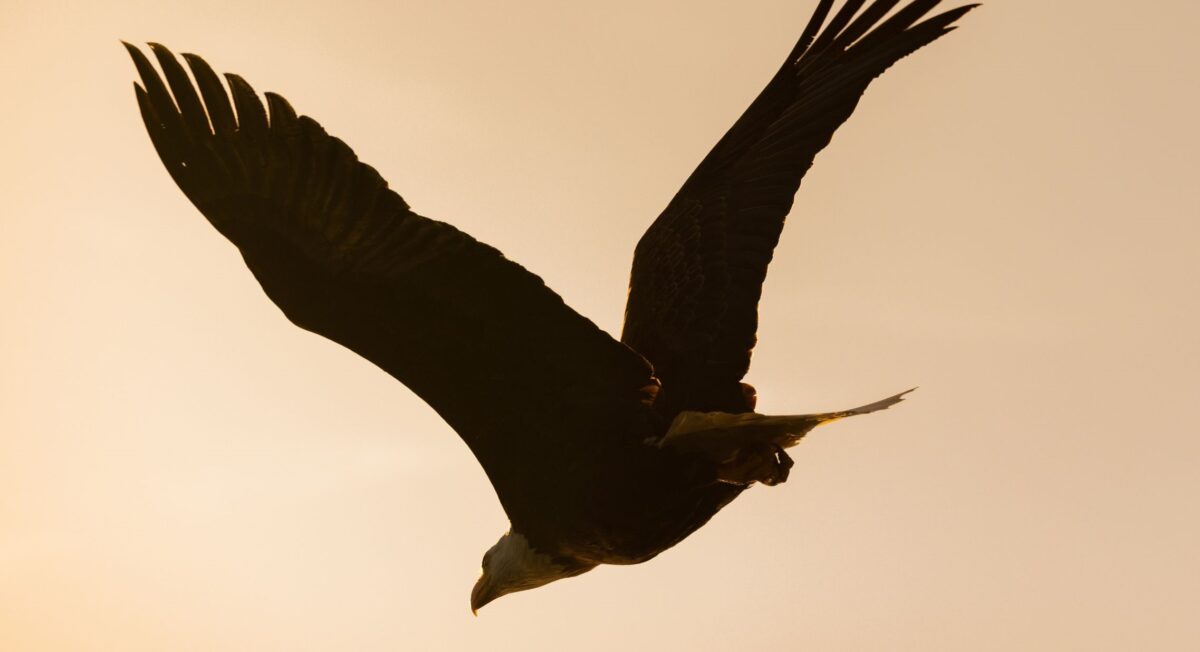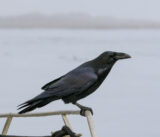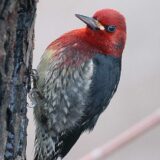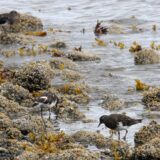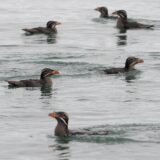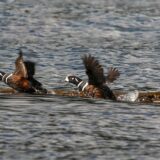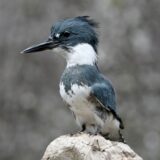At QCL, we often talk about the “QCL Experience” – a unique blend of world-class fishing, incredible landscapes, and unmatched hospitality that creates memories to last a lifetime. Whether you’re reminiscing about your last trip or planning your first, there are countless reasons why QCL is the place to be.
Here are seven standout reasons that set QCL apart from anywhere else:
- Legendary Fishing
Our remote location gives us access to some of the world’s finest fishing grounds. The rugged shores of Virago Sound, with its rocky outcrops and hidden coves, provide the perfect environment for hungry, migrating salmon. And that’s not all – there’s also the opportunity to bottom fish. Pacific Halibut, with these giants reaching up to 400lbs!
Whether you’re just starting out or you’ve been fishing for years, our pristine waters and expert guides cater to all levels of anglers. Prepare for an adrenaline rush as you hear your reel scream and shout “Fish On!”
- The MV Driftwood Experience
One of the most unique elements of the QCL Experience is the iconic MV Driftwood. Anchored in the middle of the action, the MV Driftwood serves as our hospitality hun on the water. Offering comfortable accommodation for 12 guests and a dedicated crew, the stately wood ship is one of a kind.
Whether you’re enjoying a sunrise over Cape Edenshaw or swapping fishing stories over lunch, the Driftwood provides unforgettable moments with unparalleled views.
- First Class Service
The heart of our operation is, without a doubt, our exceptional team. Time and time again, QCL guests tell us that the warmth and hospitality received during their stay is what put their visit over the top. Our dedicated crew spends 100 days on property, always wearing a smile and ensuring your experience exceeds expectations.
From expert chefs and attentive housekeepers to skilled guides and helpful dock hands, every member of the QCL team is committed to delivering a first class fishing adventure. Whether you’re seeking luxury, adventure, or a perfect blend of both, we’re here to make it so.

- The Bell Ringer Tradition
Where camaraderie of fishing is celebrated, the Bell Ringer is one tradition that every angler looks forward to at QCL. After a day on the water, guests gather for our Après Peche – a time to chat about the day’s catch and incredible moments experienced, complete with hot appetizers and drinks in hand.
The ringing of the Tyee bell signals the start of good times and even better stories as everyone comes together to toast a successful day.
- Haida Gwaii – A Natural Paradise
From its lush forests and rugged coastlines to its abundant wildlife and rich cultural heritage, Haida Gwaii, the unspoiled paradise that is our home, offers a backdrop that is as breathtaking as it is unforgettable. Whether fishing, hiking along the shores, or simply taking in the views from the dining room, Haida Gwaii never fails to impress.
- Gourmet Food & Beverage Program
At QCL, we believe the food and beverage is just as important as the fishing itself. Our approach is simple, to create distinctive dishes with the freshest of ingredients in the best of settings. And it’s not just about food – our beverage program offers a selection of craft cocktails, premium spirits, and an extensive wine list to complement your experience.
Whether you’re enjoying a quiet moment or mingling with fellow anglers, our culinary and bar offerings elevate every part of your stay.
- Small Luxuries, Big Impact
Although we might be located in the middle of nowhere, we don’t skimp on luxury. We’ve brought five-star amenities to Naden Harbour to ensure that your stay is comfortable, relaxing, and indulgent. After a day on the water, unwind in Lodge hot tubs, the sauna, or pamper yourself with a treatment at the Twin Creek Spa.
These thoughtful details elevate and enhance your fishing adventure. At QCL, you can embrace the rugged beauty of nature without sacrificing comfort.
While words can’t fully capture the magic, these seven reasons offer just a taste of what makes QCL so special.
Ready to plan your next first class fishing experience? Get in touch with our Sales Executive team today, and let us help you create the trip of a lifetime!

